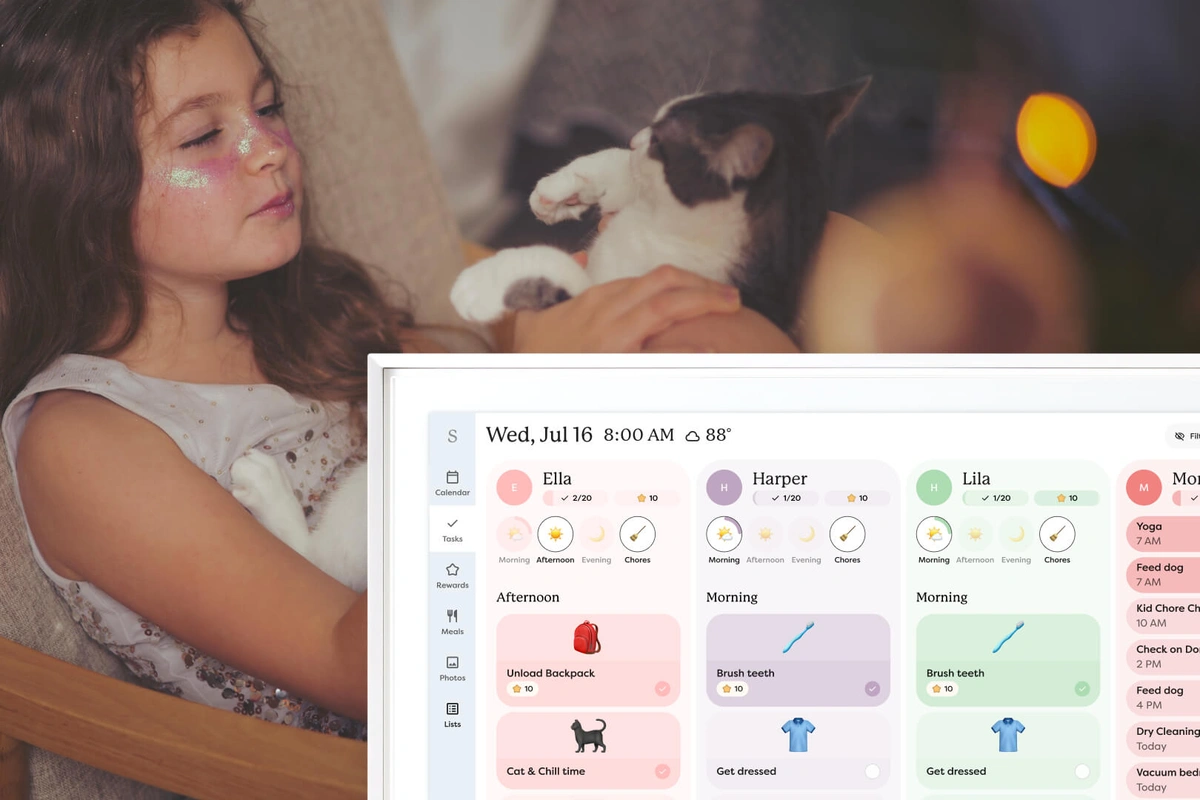Visual Schedules 101: Helping Neurodivergent Kids Stay on Track

What Is a Visual Schedule?
A visual schedule is a way to show daily routines and tasks using pictures, colors, or icons instead of (or alongside) words. Think of it as a roadmap kids can actually see at a glance.
For neurodivergent kids, especially those with ADHD, autism, or anxiety, visual schedules help make the day feel more predictable and less overwhelming. Instead of parents constantly reminding, “Time to brush your teeth!” or “Get your backpack,” kids can look at the schedule and know what’s next.
Why Visual Schedules Work
Neurodivergent kids (including those with ADHD, autism, and sensory processing differences) often benefit from predictability. Transitions (bedtime, homework, leaving the house) can feel overwhelming without clear cues.
Visual schedules give kids a roadmap. They reduce anxiety, increase independence, and help kids anticipate what comes next. Dr. Kim Van Dusen, licensed therapist and parenting expert, explains:
“Children like to know what to expect ahead of time and some may need extra processing time to comprehend what is expected of them. Once they can master their schedule, they feel more secure, competent, confident, and less anxious.”

Benefits of Visual Schedules
-
Reduce Meltdowns: Kids know what’s next, so transitions feel less like surprises.
-
Build Independence: Visual prompts let kids check the schedule themselves.
-
Support Routines: From morning checklists to bedtime, visuals reinforce consistency.
-
Boost Confidence: Checking off tasks gives kids a sense of accomplishment.
Related: Best Daily Routine for Kids
How to Create a Visual Schedule
-
Use Pictures + Words
Pair images (toothbrush, backpack, soccer ball) with simple text for clarity. -
Keep It Consistent
Post it in a central spot, like the kitchen or entryway, so everyone sees it. -
Start With Anchors
Add big daily events first (school, bedtime), then layer in smaller routines. -
Build in Flexibility
Life changes. Teach kids that the schedule can too, while still giving them notice.

How Skylight Helps Neurodivergent Families
The Skylight Calendar works like a modern visual schedule:
-
Color-Coded Events: Assign each child their own color for easy scanning.
-
Chore & Routine Checklists: Interactive features make task completion fun.
-
Visual Placement: A screen in the kitchen means kids can check in without needing a phone.
-
Mobile Access: Parents update on the go, kids see it at home.
Related: How to Manage Chores and Family Tasks with Skylight Calendar
Sample Visual Schedule Ideas
-
Morning Routine: Wake up → brush teeth → eat breakfast → pack backpack → out the door.
-
After School: Snack → homework → outside play → dinner.
-
Bedtime: Bath → pajamas → story → lights out.
Related: Morning Routines for Neurodivergent Kids
Final Word: Visuals Build Confidence
For neurodivergent kids, visuals aren’t just helpful, they’re empowering. They turn routines into something kids can own, easing stress for the whole family.
